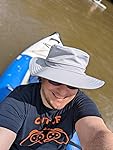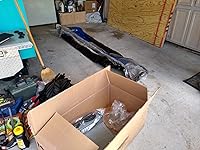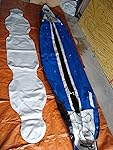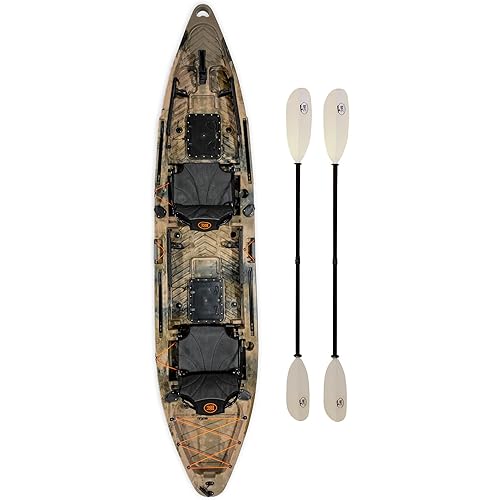Sea Eagle 380X 12'6" Explorer Inflatable Kayak- Fishing, Touring, Camping, Exploring &White Watering-Self Bailing, Removable Skeg, Drop Stitch Floor
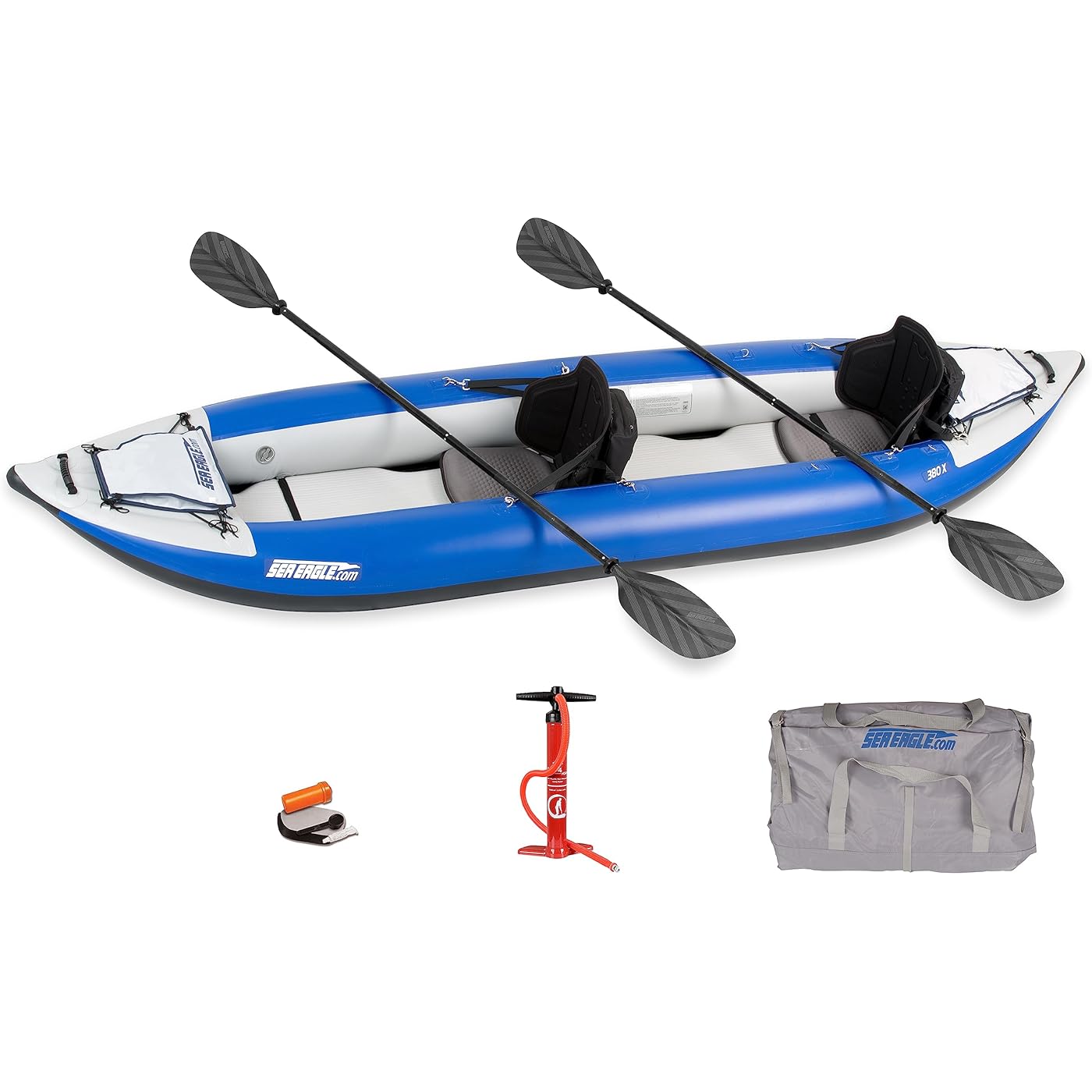
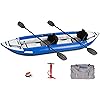
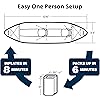

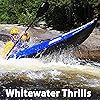
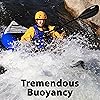

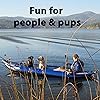
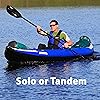

Buy Now, Pay Later
- – Up to 36-month term if approved
- – No impact on credit
- – Instant approval decision
- – Secure and straightforward checkout
Ready to go? Add this product to your cart and select a plan during checkout.
Payment plans are offered through our trusted finance partners Klarna, Affirm, Afterpay, Apple Pay, and PayTomorrow. No-credit-needed leasing options through Acima may also be available at checkout.
Learn more about financing & leasing here.
Selected Option
Non-returnable. Transportation of this item is subject to hazardous materials regulation
View our full returns policy here.
Style: 2 Person Pro
Features
- Extra-tough inflatable kayak designed for two to three adults and gear (holds 750 pounds max)
- 1,000-denier, polyester-supported, high-pressure fabric resists all punctures
- Four extra-large, easily convertible drains work in both wet and dry conditions
- Exterior: 12' 6" x 39" / Weight: 40 lbs. / Interior: 11' 9" x 15" / Inflation Time: 8 mins. / whitewater Rating: Suitable up to Class IV
- Pro Package includes: Hull, Two 8' AB40 Paddles, Two TBS Tall Back Seats, Kayak Carry Bag, Two Kayak Stow Bags, Hand Pump, Slide in Swept Back Skeg, Repair Kit and Instructions
Description
About the 380x Explorer Inflatable Kayak Tackle your adventures in this rugged solo or tandem tough as nails inflatable kayak! The 380x is made to be ridden by one or two persons. Now you can do what others only dream of with our most versatile inflatable kayak series ever! Rugged design to tackle whitewater, open-water, and now down-wind sailing! Large enough for two but small enough for one! The 380x does it all! Great wet or dry boats - they are tough enough for class four whitewater, but stable, dry and comfortable on flat-water as well. Super-fast self-bailing with 16 floor drains that can be left open for wet whitewater and ocean kayaking or closed for high and dry flat-water paddling. The Explorers also feature a removable slide skeg for improved tracking on open water. Pound for pound these Explorers are champions capable of handling any type of adventure: Fishing, Touring, Camping, Exploring, Adventuring, Whitewater, but Never Boring!
Brand: Sea Eagle
Item Weight: 40 Pounds
Material: Plastic
Color: Blue
Style: 2 Person Pro
Brand: Sea Eagle
Item Weight: 40 Pounds
Material: Plastic
Color: Blue
Style: 2 Person Pro
Seating Capacity: 3
Weight Limit: 750 Pounds
Product Dimensions: 150"L x 39"W x 11.5"H
Global Trade Identification Number: 75
Model Name: 380X Explorer
Manufacturer: Sea Eagle Boats
UPC: 885892772705 731646298512 023634081375
Item Package Dimensions L x W x H: 38.5 x 19.25 x 14 inches
Package Weight: 28.58 Kilograms
Item Dimensions LxWxH: 38 x 20 x 14 inches
Brand Name: Sea Eagle
Warranty Description: 3 Year Manufacturers Warranty
Suggested Users: unisex-adult
Number of Items: 1
Part Number: 380XK_P
Included Components: skeg
Size: One Size
Sport Type: Kayaking
Date First Available: June 26, 2007
Frequently asked questions
Non-returnable. Transportation of this item is subject to hazardous materials regulation
View our full returns policy here.
- Klarna Financing
- Affirm Pay in 4
- Affirm Financing
- Afterpay Financing
- PayTomorrow Financing
- Financing through Apple Pay
Learn more about financing & leasing here.
Similar Products
Top Amazon Reviews
